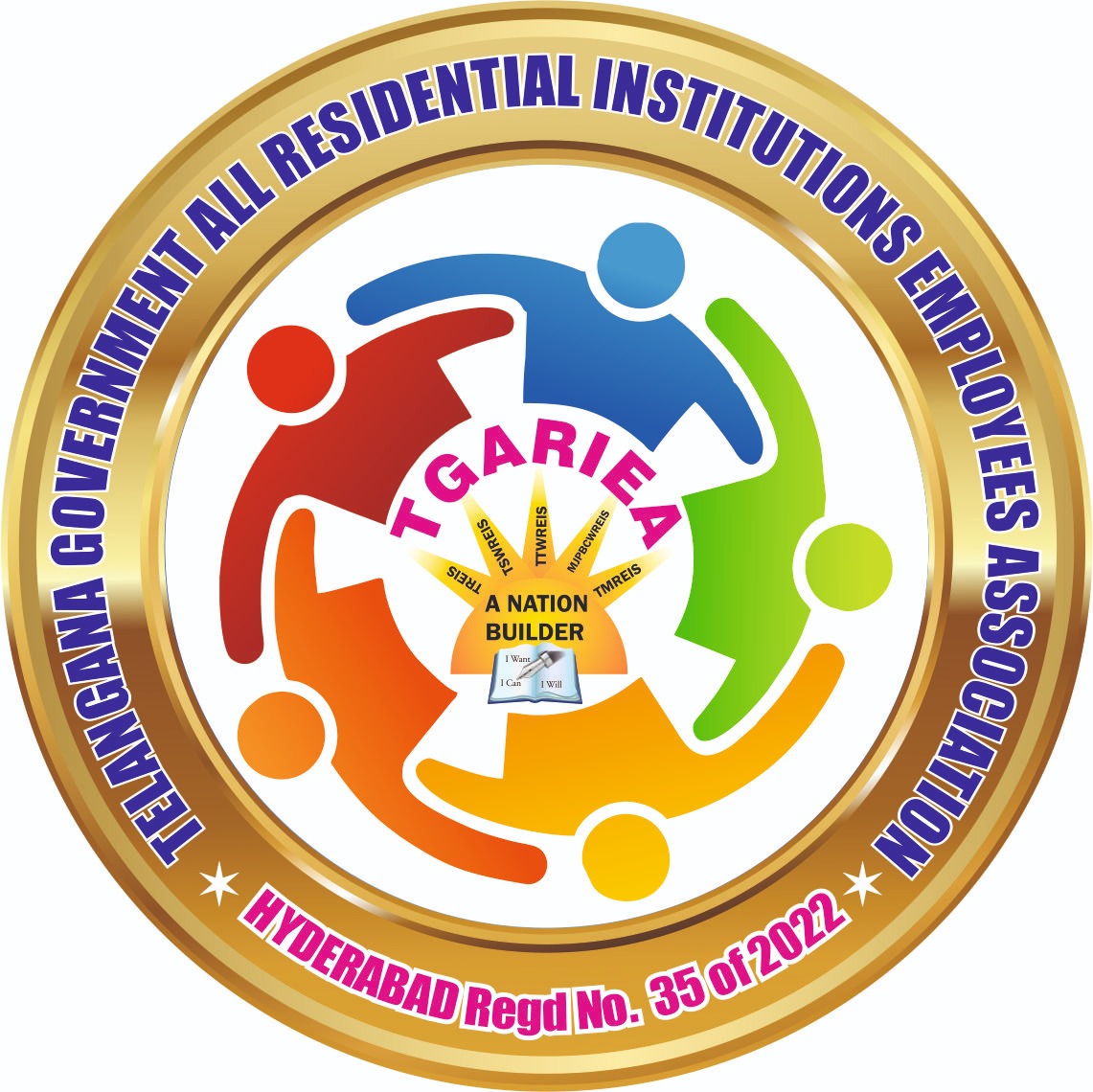Mathematics
Chapter 1: Number Systems
Chapter Notes
Key Concepts
1. Numbers 1, 2, 3……., which are used for counting are called Natural
numbers and are denoted by N.
2. 0 when included with the natural numbers form a new set of numbers
called Whole number denoted by W
3. -1,-2,-3……………..- are the negative of natural numbers.
4. The negative of natural numbers, 0 and the natural number together
constitutes integers denoted by Z.
5. The numbers which can be represented in the form of p/q where
q 0
and p and q are integers are called Rational numbers. Rational
numbers are denoted by Q. If p and q are coprime then the rational
number is in its simplest form.
6. Irrational numbers are the numbers which are non-terminating and
non-repeating.
7. Rational and irrational numbers together constitute Real numbers
and it is denoted by R.
8. Equivalent rational numbers (or fractions) have same (equal)
values when written in the simplest form.
9. Terminating fractions are the fractions which leaves remainder 0 on
division.
10. Recurring fractions are the fractions which never leave a remainder
0 on division.
11. There are infinitely many rational numbers between any two rational
numbers.
12. If Prime factors of the denominator are 2 or 5 or bo
13. Two numbers p & q are said to be co-prime if, numbers p & q have no
common factors other than 1.
14. The decimal expansion of rational number is either terminating or
non-terminating recurring
15. The decimal expansion of an irrational number is non-terminating,
non-recurring.
16. Real numbers satisfy the commutative, associate and distributive
law of addition and multiplication.
17. Commutative law of addition: If a and b are two real numbers then,
a + b = b + a
19. Commutative law of multiplication: If a and b are two real numbers
then, a. b = b. a
20. Associative law of addition: If a, b and c are real numbers then,
a + (b + c) = (a + b) + c
21. Associative law of multiplication: If a, b and c are real numbers
then, a. (b. c) = (a. b). c
22. Distributive of multiplication with respect to addition: If a, b and
c are real numbers then, a. (b+ c) = a. b + a. c
23. Removing the radical sign from the denominator is called
rationalisation of denominator.
24. The multiplication factor used for rationalising the denominator is called
the rationalising factor.
25. The exponent is the number of times the base is multiplied by itself.
26. In the exponential representation
ma
, a is called the base and m is
called the exponent or power.
27. If a number is to the left of the number on the number line, it is less
than the other number. If it is to the right, then it is greater than the
number.
28. There is one to one correspondence between the set of real
numbers and the set of point on the number line.
30. Irrational numbers like
2, 3 , 5 … n
, for any positive integer n can
be represented on number line by using Pythagoras theorem.
31. The process of visualisation of representation of numbers on the
number line through a magnifying glass is known as the process of
successive magnification.
Key Formulae:
1. Rational number between two numbers x and y =
x y
2
2. Irrational number between two numbers x and y
xy, if x andybothareirrationalnumbers
xy, if xisrationalnumber andyisirrationalnumber
xy, if x yisnot aperfect squareandx,ybotharerationalnumbers
3. Irrational number between two rational number x and y =
xy
, if and
only if
x y
is not a perfect square.
4. Irrational number between a rational number x and irrational number
y =
xy
5.
2 x y
2 x = y
6.
3 x y
3 x = y
7.
n x y
n x = y



